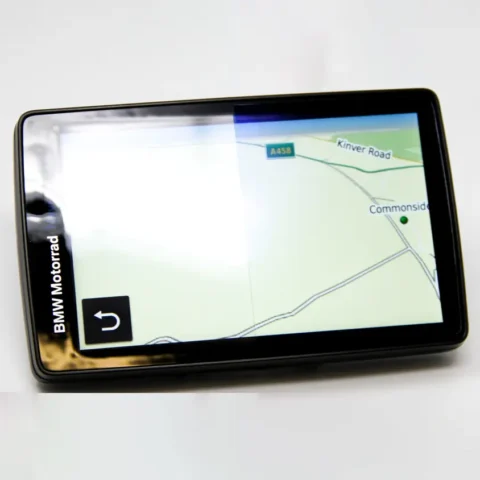
Say Goodbye to Glare: The Essential Garmin Nav 6 Anti-Reflective Film
With the Garmin Nav 6 Anti-Reflective Film, you can say goodbye to shading a screen in harsh sunlight
NOTICE: Any orders placed from 28th July to 3rd August will not be dispatched until 4th August

Touch Sensor Panel – How Does It Work?
It’s an interaction we perform hundreds of times a day: tapping, swiping, pinching. Our fingers glide across glass or plastic, and devices respond instantly, seemingly reading our minds. This seamless interaction is powered by the touch sensor panel, a sophisticated piece of engineering that translates physical touch into electrical signals.
But what exactly is going on beneath that smooth surface? How does a touch sensor panel actually work?
At Diamond Coatings, we specialise in the critical transparent conductive coatings that make most modern touch sensor panels possible. Understanding the fundamental principles reveals the clever science behind these everyday marvels.
Capacitive Touch Sensor Panels
Capacitive touch is the technology found in virtually every smartphone, tablet, and modern interactive display. It works by detecting changes in an electrical field, often utilising the electrical conductivity of your finger.
A capacitive touch sensor panel consists of a transparent conductive layer (or layers) – typically Indium Tin Oxide (ITO) – deposited onto a glass or plastic substrate. This ITO layer is designed to hold a uniform electrical charge.
When a conductive object, like your finger, touches the screen, it draws a tiny amount of electrical charge from the ITO layer at that specific point. This “drain” of charge causes a measurable change in the electrical field of the ITO layer. Electronic circuits connected to the panel detect where this change occurred.
By measuring the precise location of these charge changes, the device’s controller can pinpoint the touch coordinates, enabling actions like opening apps, scrolling, or zooming (multi-touch).
Why ITO is Crucial for Capacitive
The success of capacitive touch hinges on ITO’s unique properties: it’s highly transparent (allowing you to see the display underneath) and electrically conductive (allowing it to carry and react to an electrical charge). Without ITO, modern capacitive touchscreens as we know them wouldn’t exist.
Resistive Touch Sensor Panels
Resistive touch screens work on a mechanical principle: they respond to pressure. They are often found in older devices, industrial equipment, or situations where gloved operation is common.
A resistive touch sensor panel is made of two thin, flexible layers, each coated with a transparent conductive material (again, often ITO). These layers are separated by tiny insulating dots, creating a small air gap. When you apply pressure to the screen (with a finger, stylus, or even a gloved hand), the top flexible layer flexes inwards until it makes contact with the bottom layer at the point of touch.
Where the two conductive layers meet, an electrical circuit is completed. The change in resistance at that point is measured by the controller. By detecting the resistance change along the X and Y axes, the controller accurately determines the touch location.
Why ITO is Crucial for Resistive
Just like with capacitive, ITO provides the essential transparent conductivity for resistive layers. Without it, the layers would be opaque, blocking the display, or simply wouldn’t be able to carry the current needed to detect contact.
Diamond Coatings: The Foundation of Touch
At Diamond Coatings, our expertise lies in providing the high-quality, precision ITO coatings that form the very heart of both capacitive and resistive touch sensor panels. Whether it’s applying transparent conductive films to glass, or precisely coating flexible plastic films for resistive touch solutions, our coatings are engineered for optimal performance.

With the Garmin Nav 6 Anti-Reflective Film, you can say goodbye to shading a screen in harsh sunlight

At Diamond Coatings, we provide the foundational transparent conductive coatings that make these advanced switches possible

At Diamond Coatings, we specialise in turning ordinary glass into high-performance heated windows

As a leading name among ITO companies, Diamond Coatings doesn’t just supply standard coatings; we engineer bespoke solutions that push boundaries
If you are interested in any of our products or services, please use the contact form or give us a call, we will be happy to discuss how we may be able to help you.